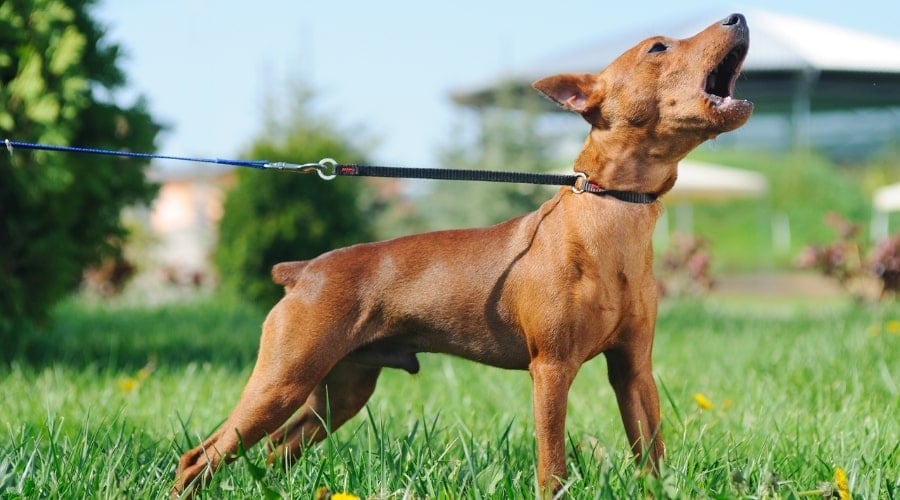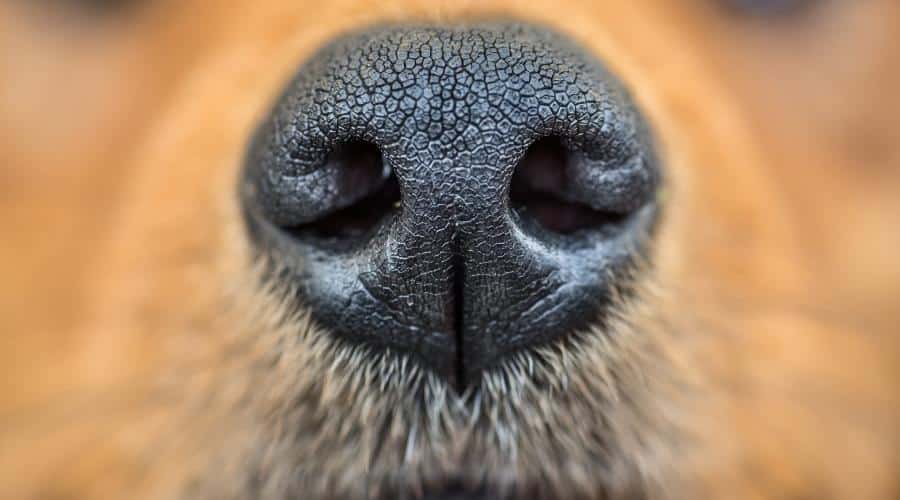Dog Eating Wood: How To Make Them Stop
When you purchase through links on our site, we may earn a commission. Here’s how it works.

Dogs chew on wood because they like chewing on things. That’s why you see dogs play with chew toys and why bones and treats are so popular. But can dogs eat wood? While it’s fairly common for a dog to chew on wood (especially if you use sticks or small logs to throw to them when you’re playing fetch), your dog will thank you if you help them lay off the wood. Why?
Table of Contents
Why Does My Dog Eat Wood?
First off, why do dogs eat wood? There are four common reasons.
- Dogs like to chew on things and wood is readily available outside and easy to get in the wild, making sticks a common “chew toy.”
- They may enjoy the taste of it.
- Maybe it’s just out of boredom or fixation, like adults chewing gum.
- A dog chewing wood could mean a nutrient deficiency (similar to why dogs eat grass).
Why Is Wood Bad For My Dog?
The problem with your dog eating wood is two-fold.
- Small pieces of wood can lodge splinters in the mouth and esophagus, causing damage.
- Large pieces of wood can cause even more significant problems, including perforated intestines or stomach lining and obstruction of your dog’s bowels.
How Do I Keep My Dog From Eating Wood?
The key to keeping your dog from eating wood, as with anything you don’t want them to ingest, is to keep it away from them. Understandably, keeping wood away can be more difficult, given your environment, especially if you live near a forest or wooded area.
Clear The Yard
Go out in your yard or wherever your dog is allowed to roam and pick up all the sticks, logs, and other pieces of wood you can find. You don’t need to do a perfect job, but the more you clear out, the better. If you have a firewood pile, it’s essential to cover it up to prevent your dog from accessing it. You might need to tie down the wood cover or tarp to keep your dog from getting to the wood.
Give Your Dog A Chew Toy
Provide them with something else to chew. Try different chew toys until you find one that they like. Leave a couple out in the yard, and encourage your dog to chew on the toy instead of wood. With time, they’ll hopefully get used to leaving the wood alone.
Reduce Boredom
Your dog may be chewing on sticks and other wood objects as a way to deal with their boredom. If you suspect this may be the case with your pup, why not consider working on some brain training games? It will deepen your bond and hopefully help to reduce this and other destructive behaviors around your home.
My Dog Won’t Stop Eating Wood
If they don’t stop the behavior, you may want to consider the following:
- Add something to the wood that will keep them away (bitter apple or a spray designed to keep dogs off furniture). Be sure to spray it on the object – NEVER on a dog, especially not in their face.
- Use negative reinforcement – say “no” as they approach or start eating wood.
- Shake a can filled with coins above their head when they go near the wood.
- Put them in their “bad room” and ignore them for a while if they get a hold of a piece.
- Reward them with treats for good behavior.
These are all ways to let your dog know that wood is bad for them.
Video: How To Stop Dogs From Chewing Wood
This three-minute video details some causes for this bad habit and additional tips for getting your dog to stop eating wood.
More Tips For Your Wood-Loving Dog
If these solutions still don’t work, you might consider a behavior-modifying dog training class or training collar. And if your dog does swallow a wood piece, they might choke or get an upset stomach. So you should learn how to give CPR to your dog and how to cure their upset stomach.




